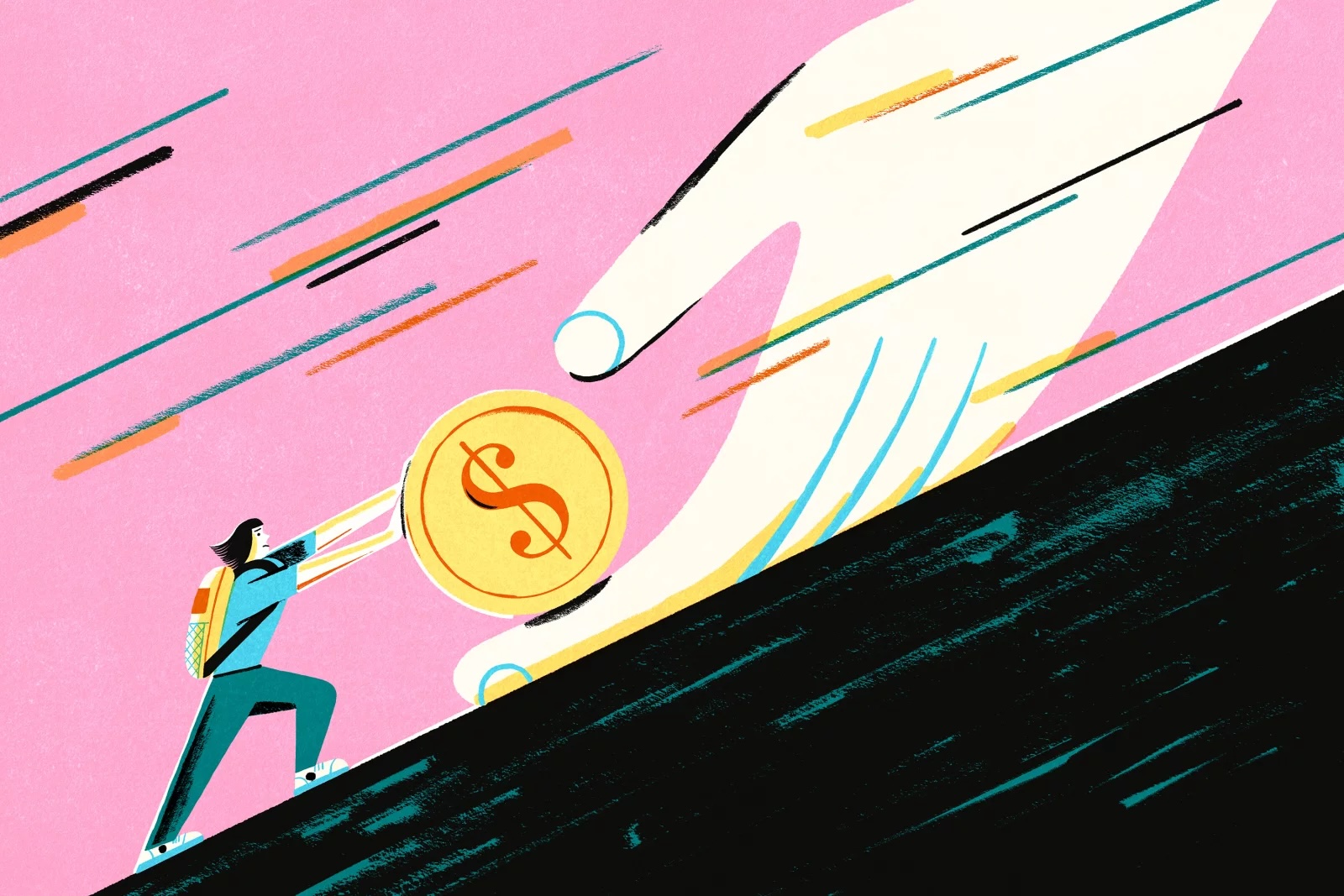Baker says a plan to hold schools accountable for unpaid student loans should necessarily include debts that have gone into default. She’s not alone.
“This is where the proposal jumps the shark, giving a pass to the loans that hurt borrowers and taxpayers the most,” says Jordan Matsudaira, who served as deputy under secretary at the U.S. Department of Education in the Biden administration.
Matsudaira speculates that the omission of defaulted loans is Republicans’ “concession to institutions or programs that do generate particularly high default rates. So those could be for-profit colleges. Those could also be colleges that serve a lot of underserved populations: low-income, minority populations that generate loans with disproportionately high default rates.”
AEI’s Cooper explains it this way: “Lawmakers are trying to find a balance between holding schools accountable and ensuring risk-sharing penalties are not overwhelming for institutions. Including defaulted loans makes sense in principle, but doing so would have significantly increased penalties. Lawmakers may have decided that was a bridge too far.”
Baker is also concerned about the plan to punish many schools whose borrowers enroll in income-based repayment plans, by forcing those schools to reimburse the government for a share of the interest and principal it waives.
“That’s bananas to me,” says Baker, who worries this might compel schools to steer students into less-affordable repayment plans.
The data doesn’t exist
The other big problem experts routinely pointed out with Republicans’ plan is that its math depends on a mountain of data — including the cost of individual, undergraduate programs — “that we do not have and have never had,” says Baker.
“A lot of the underlying data here are imaginary,” says Matsudaira, who should know. He was the department’s first chief economist.
Some of the data was being collected as part of a Biden-era initiative, but, if the Big Beautiful Bill passes, “it’s not clear who at the Department of Education is actually going to be doing this because most data people were subject to the reduction-in-force,” says Robert Kelchen, who studies higher education finance at the University of Tennessee, Knoxville.
In March, the Trump administration initiated the termination of more than 1,300 department employees in a massive reduction-in-force that, when coupled with the hundreds of workers who have left voluntarily, has left the department at roughly half its previous staff.
A federal judge recently ordered the administration to reinstate those fired workers — a decision now being considered by the U.S. Supreme Court.
“This [bill] is the most substantial set of changes to higher education policy since at least 1992,” Kelchen says. “And it is hard to think about how the Department of Education can do all the data work behind it.”
Potential winners and losers
It’s difficult to assess a policy built on data that doesn’t exist, but AEI’s Cooper has tried using what’s available. He found that for-profit undergraduate programs and private, nonprofit graduate programs are likely to be hit hardest by these cost-sharing penalties.
The three schools on tap to pay the largest penalties, by Cooper’s calculations, would be: 1. Strayer University (for-profit), 2. University of Phoenix (for-profit) and 3. University of Southern California, or USC (private nonprofit).
If USC surprises you, it’s not because of their undergraduate programs, says Cooper. In 2019–’20, students in the school’s graduate programs took on $533 million in debt, an enormous sum ranking it third in the nation that year in graduate school debt, according to Cooper.
On the other side, the 10 schools that stand to benefit most from PROMISE Grants, rewarding schools that give low-income students the most bang for their buck, include six public universities in the California state system (Long Beach, Fullerton, Northridge, Los Angeles, Sacramento, Pomona) and three public universities in Florida.
“These are two states which are known for keeping public college tuition really low,” says Cooper. “These are also schools that tend to enroll fairly sizable, low-income student populations.”
Cooper says many community colleges would also likely benefit from this system.
The idea of holding schools accountable for pushing unmanageable debts onto students isn’t new, though past efforts led by the Obama and Biden administrations focused largely on for-profit colleges.
With this proposal, Kelchen says, “the Republican mantra is ‘accountability for everyone.’ ”
Its fate now depends on the Senate, where lawmakers recently released their own, very different version of a college accountability plan.


